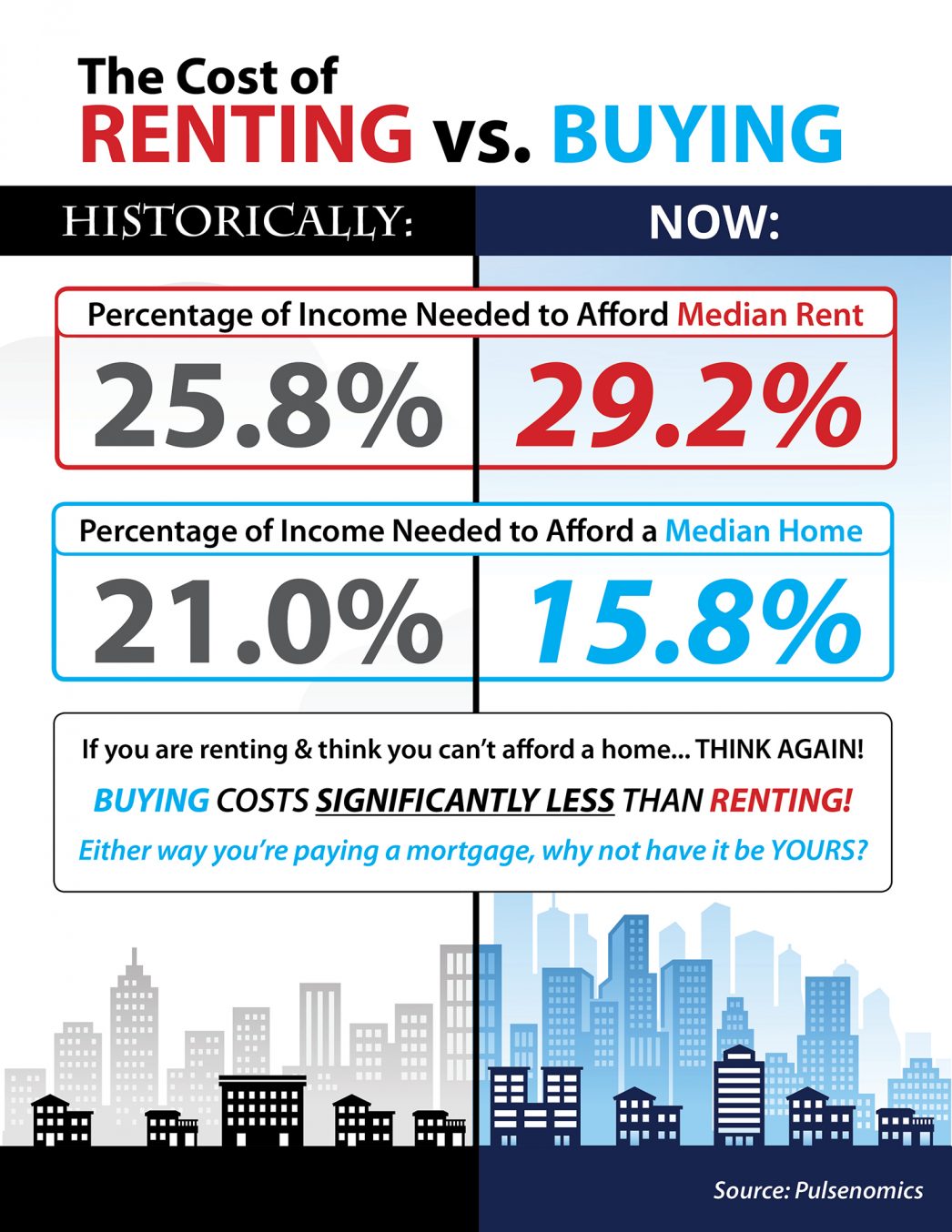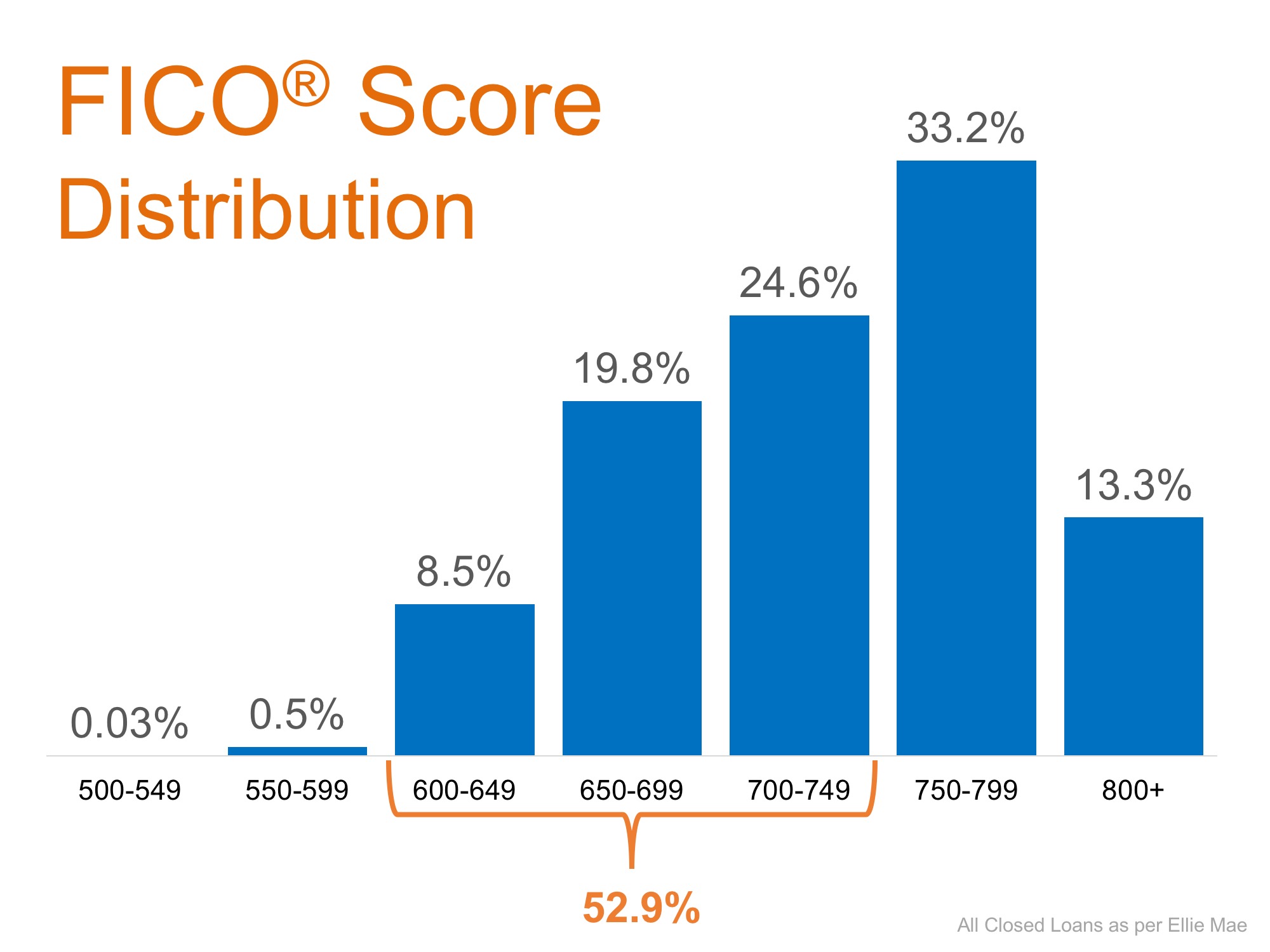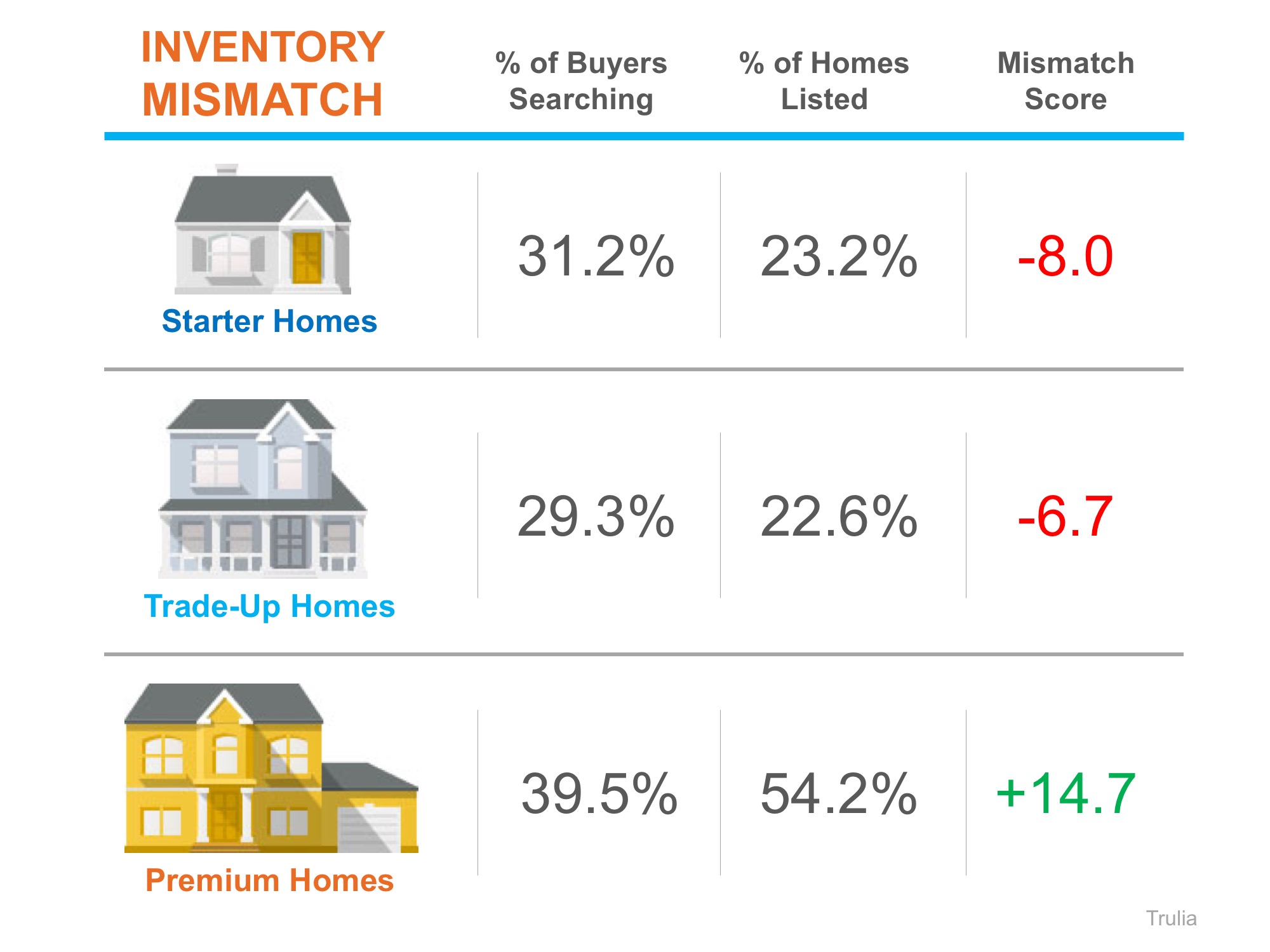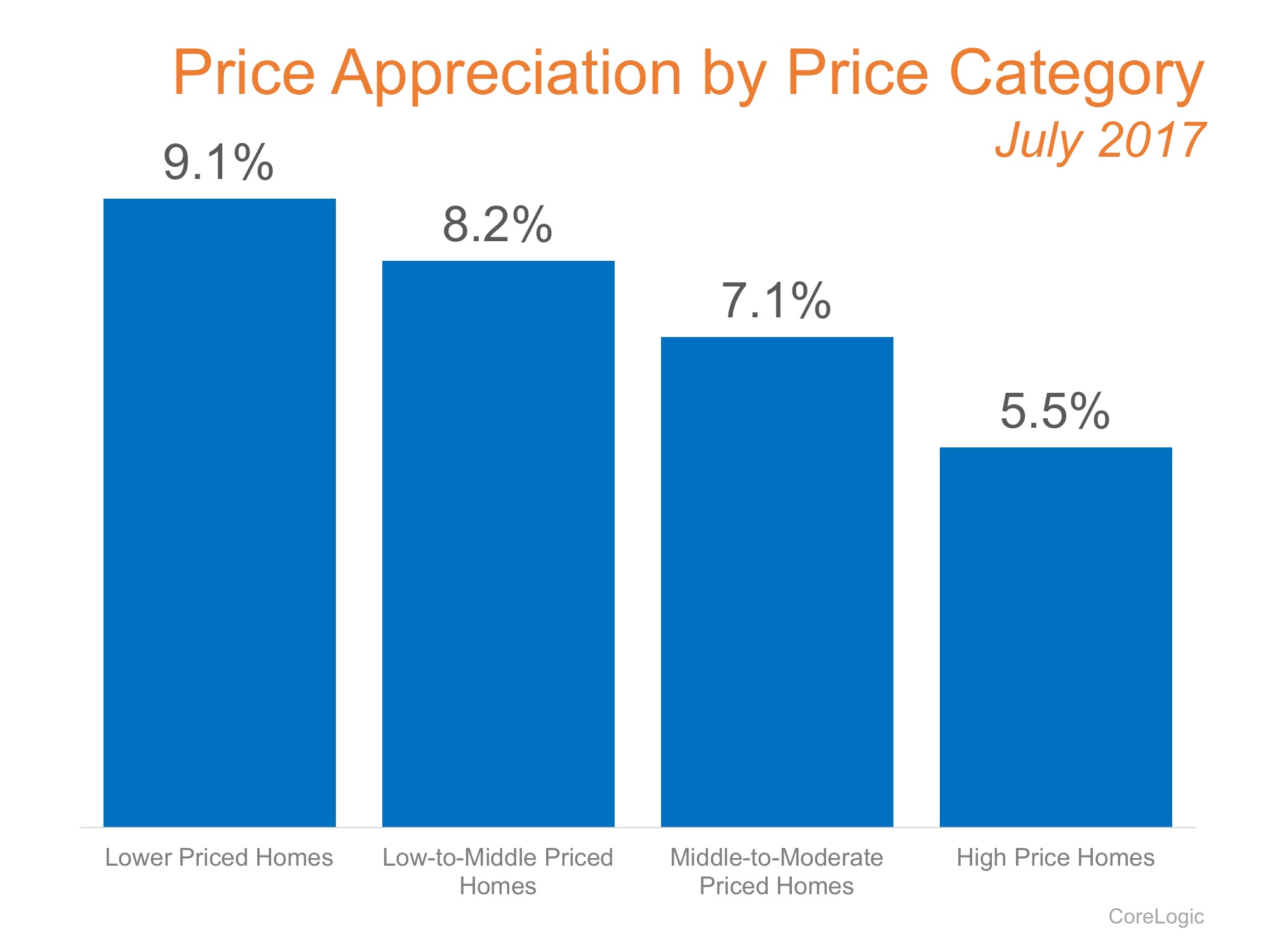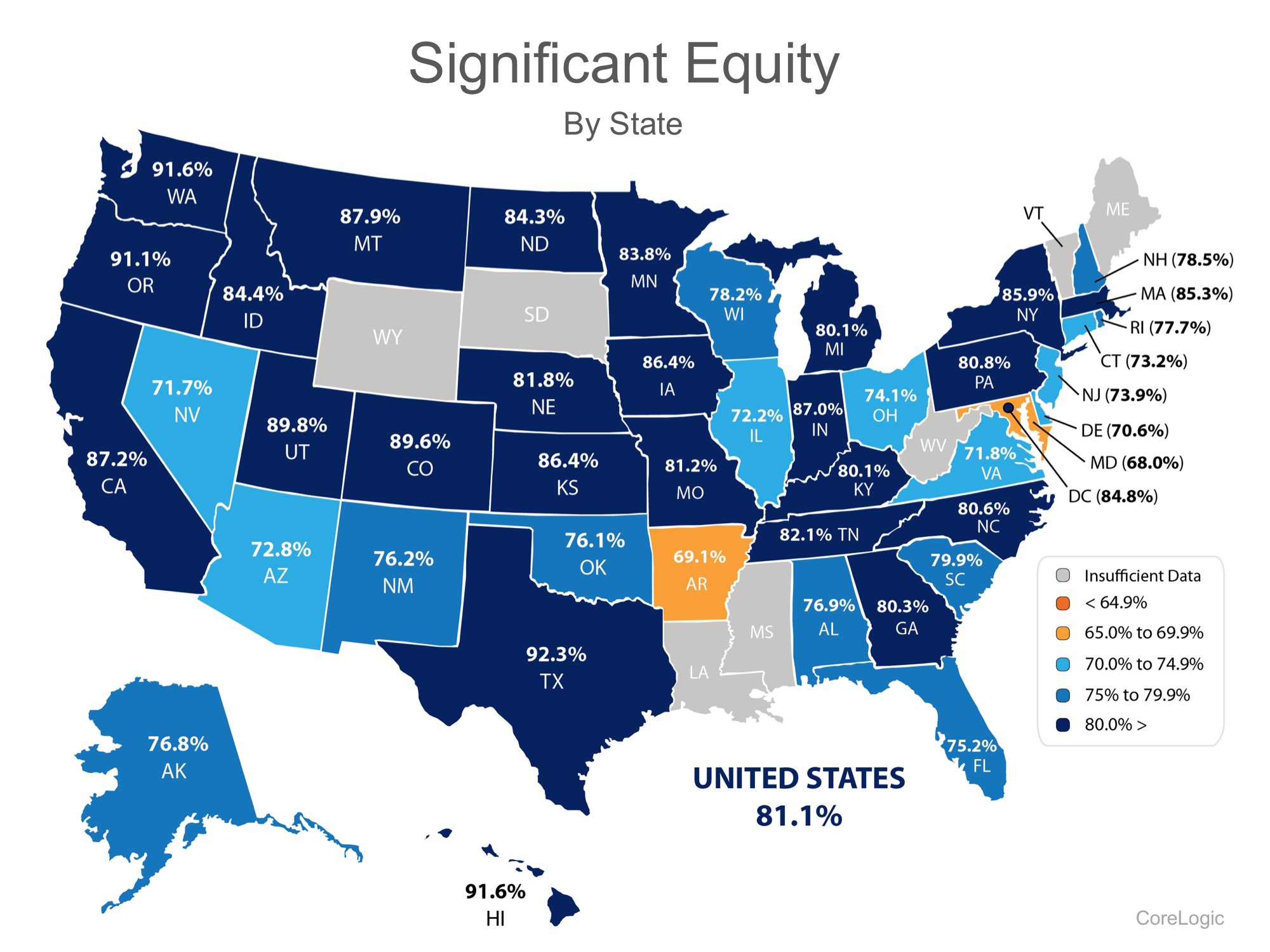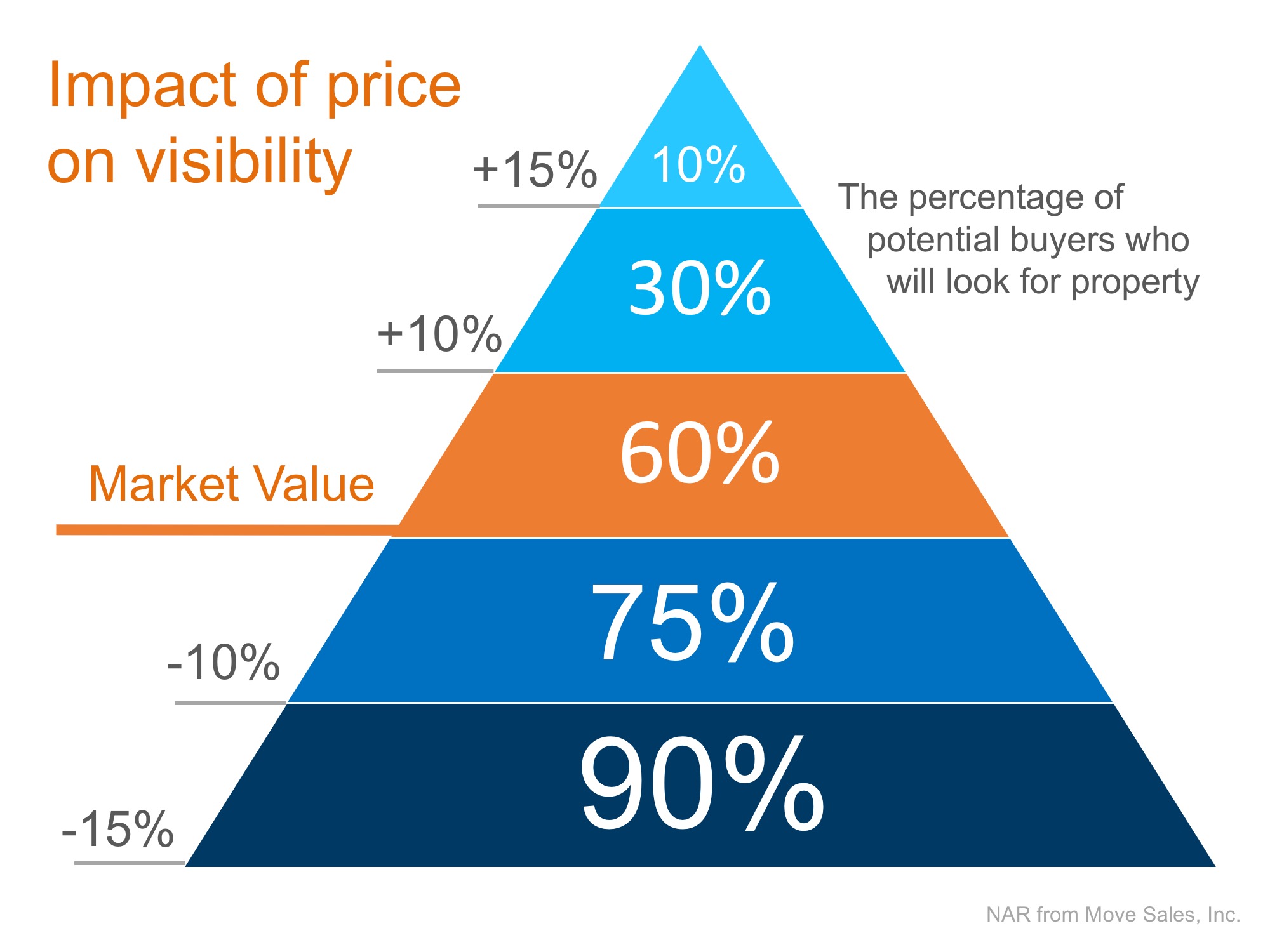Weighing sellers' expectations against market realities can be a delicate dance
-Sellers tend to overprice and spend a tremendous amount of effort trying to defend their price, even if the market doesn't support it.
-Pricing a home correctly is a partnership between sellers and their agent, not a battle of wills.
When it comes down to it, the most important advice a real estate agent can give sellers is how to price their home. No matter how beautiful or well-maintained a property may be, how many upgrades it has or how well it shows, if a home is not properly priced, it’s going to be a tough sell (or not sell at all)
The battle for agents most often lies with aligning what sellers’ think their home is worth with its true market value. These disparate realities can be difficult to merge when working with a seller to set a list price or on a price adjustment. Here are seven pricing myths that often get in the way.
1. It is better to price the home on the high side because the seller can always come down.
If buyers are interested, they can make an offer. Well, not quite. If a home is overpriced, a seller risks losing potential buyers who aren’t stretching their search into an uncomfortable price range. The asking price sets the stage and may invite or dissuade buyers based on the dollar amount. Just as you would painstakingly prepare your home for sale, you never get a second chance to make a first impression price-wise.
2. If a home is priced just right, a seller risks leaving money on the table.
Actually, the opposite is true. A well-priced home tends to generate a lot of interest and can result in multiple offers. A shorter marketing span brings strong offers that could result in a home selling for over asking price. Buyers are less likely to play “let’s make a deal” and nit-pick every little thing; they feel the urgency of competing with other interested parties for the same house.
3. The price gets better with time.
If it doesn’t sell this time, the seller will get a better price by re-listing next spring, next summer, etc. It has been said before, but it needs to be said again: A home that sits is not like fine wine — it does not get better with time. The longer a home stays on the market, the more likely buyers are to question its value. Subsequently, any offers that come in tend to be perceived as too low by an already-frustrated seller who thinks there weren’t any buyers for their home while it was on the market the first time. Waiting to re-list again may mean competing with other houses on the market that are both nicer and offer more bang for their buck.
The additional carrying costs of a mortgage, maintenance and upkeep as well as the possibility of needing to make repairs to an aging roof or AC system eat into the profitability of commanding a better price next year. If the home is somewhat dated on the inside, price out the cost of replacing granite counters, updating appliances, repainting and other upgrades, and it will likely be much less expensive to adjust the price without as much hassle.
4. X price is as low as the seller will go.
When faced with an offer that is less than what they want, sellers love to draw a line in the sand and dig their heels in over an arbitrary number that they deem to be “their bottom line.” Who decides what a property is ultimately worth anyway? Buyers see the glass as half empty versus half full, and in some markets and real estate cycles, they are holding the cards. Sellers can decline an offer based on a number, but they may never get there with another buyer, and a subsequent offer may be lower or layered with conditions and complications.
5. An offer should come in close to asking price.
Sellers are often disappointed at the initial price when an offer is received and ask “why so low?” Does a seller really think a buyer is going to be generous with their initial offer? Unless it is a really hot property, priced aggressively or in a low-inventory market, no buyer is going to willingly offer more than they have to, especially on a first pass. They want to get a sense of the seller’s flexibility or lack thereof before deciding their next move.
6. Outdated features shouldn’t impact the selling price.
So the home has “upgrades” circa 1990 with white melamine cabinets, beveled edge laminate counters and builder grade 12-by-12-inch tile with brass fixtures, and the seller expects the buyer to pay full asking price or close to it? Reality check! The buyers are looking at how much they are going to have to spend to bring the home up to today’s standards and are going to deduct accordingly when formulating an offer.
7. The buyer’s offer is simply too far off the asking price to counter.
A bird in the hand is worth two in the bush. A buyer has stepped up and put pen to the paper with a proposal. An offer is an invitation to negotiate and begin discussions about the property. It can be easy to get offended, but it’s best to keep emotion out of negotiation as much as possible and work in good faith with what’s presented. A seller will learn quickly if it looks like a transaction may come together.
Pricing a property is a delicate dance. The bottom line is that the market doesn’t guarantee as strong a price as sellers usually want or expect — unless the home is a highly sought after, rare type of property. Setting the stage with the right pricing will often set the tone for how smoothly the listing experience will unfold.
Looking to Buy, Sell, or Invest? Contact:
David Demangos - Keller Williams Realty
Cell: 858.232.8410 | Realtor® BRE# 01905183
www.AwesomeSanDiegoRealEstate.com
Our Team Goes to Extremes to Fulfill Your Real Estate Dreams!
San Diego Real Estate Expert | Global Property Specialist
Certified Luxury Marketing Specialist | CLHMS Million Dollar Guild Agent
Green Specialist | Certified International Property Specialist
2016 Recognition of Excellence Award Winner SDAR

